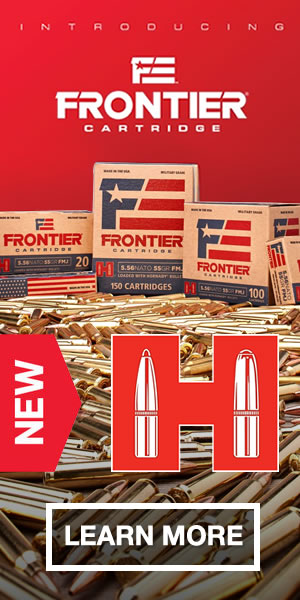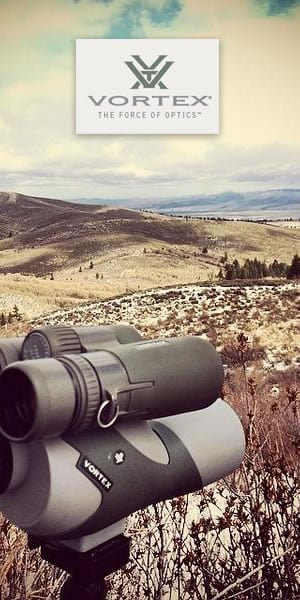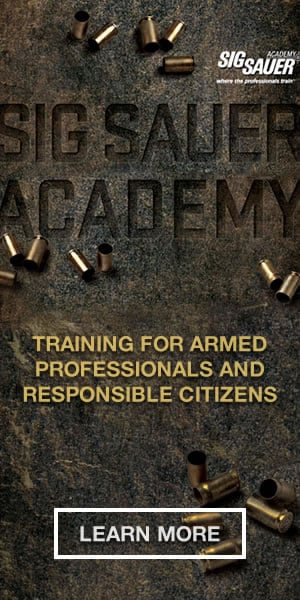Last week I stopped in the Cleveland Avenue store, and was treated to what turned out to be quite a surprise. A law enforcement agency had just traded in a large quantity of Smith and Wesson Model 5906 and 3913 9mm semi-automatic handguns. The 5906's had been the issue weapon for their uniformed personnel, while the smaller 3913's had been issued to detectives and administrative personnel. What was amazing was that a number of the 5906's were unissued, new in box.
The Smith and Wesson 3913, was what was known as a "Third Generation" pistol, a direct descendant of the Model 39-the very first full size 9mm semi-automatic made by Smith and Wesson. The Model 39 was a "single stack" with 8 round capacity with a blued slide and aluminum frame, and was developed as a possible replacement for the venerable 1911 .45 in the 1950's. Yeah, even after the success of the 1911 .45 in a World War that had just ended, there were those in the military that were more concerned with commonality with the newly formed NATO rather than individual combat success. In spite of the pressure to change, the 1911 managed to remain the standard duty pistol of U.S. armed forces for another 30 years.
The Smith and Wesson 3913 was designed for concealment and features a stainless steel slide and aluminum frame. While the 3913 has been reduced in overall length (barrel length is 3.5 inches), and given a straight backstrap to make it more concealable, it still retains an 8 round magazine capacity. It has a spurless hammer which reduces snagging when carried concealed. Weight is 24.8 ounces.
The Smith and Wesson 5906 is also a "Third Generation" edition of Smith's first high capacity (15 round) pistol, the Model 59. The 5906 weighs in at a solid 38.3 ounces due to its all steel construction, which makes recoil a non-issue. The 5906 was a popular police sidearm until the lighter Glock 17 took the law enforcement world by storm.
The original Model 59 had an aluminum frame like the Model 39. It also had some reliability issues. Those were worked out with the Second Generation and Third Generation guns. Both the 659 and 5906 are of all stainless steel construction. The 5906 has exhibited stellar reliability.
The Model 39 and 59 popularized the "traditional" Double Action/Single Action fire control system, which was taken from the Walther P-38 of WWII fame. The Smith and Wesson system works the same as the Walther's in that the first round is fired using a long double action (where the trigger cocks and releases the hammer) trigger pull weighing between 10-12 pounds. Once the first shot is fired, the slide pre-cocks the hammer which reduces the trigger pull weight to a much lighter 4-6 lbs. To return the hammer to the slide for safe carry-without hearing an inadvertent "boom"-the slide mounted "safety/de-cocker" lever is used. Pushing the lever down activates the manual safety and drops the cocked hammer down to a resting position, which also returns the trigger to double action mode once the lever is pushed back up off safe. Smith and Wesson-and Beretta-pistols can be carried with the safety/de-cocker in the down or "on safe" position for an extra measure of security.
Both the 3913 and 5906 feature a "magazine disconnect" system, which means that even if there is a round loaded into the chamber, the guns will not fire if the magazine is removed (always check and make sure this system is operational before carrying the gun). While a magazine disconnect may sound like a bad idea to some (particularly those in the military) it provides a greater measure of safety for owners with children at home. This means you can keep the pistol at the ready with a round in the chamber, and the magazine kept separate from the gun. If it is needed in an emergency, the magazine can be inserted and the gun is ready to fire without doing anything else. These older Smith's give the home defensive user or the CCW permit holder more options for carry and deployment than any other semi-auto, allowing either pistol to be individually tailored to the owner's lifestyle.
Some of the 5906's are available in the TSW (Tactical Smith and Wesson) version. These editions appeared as the word "tactical" became a required part of the firearms lexicon. Third Generation TSW pistols feature a few enhancements including a bolted on accessory rail, Novak type type combat sights, black slide release and hammer, and "Tactical Smith and Wesson" slide markings. These are the guns that are new in box.
The 5906 and 3913 just flat don't wear out, at least I have never seen it. There are still a bunch of them out there. Vance's has 3913's in "fair" condition and 5906's in "good" condition. I think the term "fair" condition is overly cautious. The ones I saw exhibited "honest holster wear" at the worst, and weren't beaten up. Remember that law enforcement issued guns are maintained by department certified armorers, so there should be no real concern about functionality. The "good" rated 5906's are exceptionally nice, especially for guns that were last produced nearly twenty years ago!
You don't run across handguns like this every day. Yes, polymer framed guns are all the rage but these all metal guns have a lot to offer. At one time the 3913 fell into disfavor because it wasn't a high capacity gun. Recently everyone discovered that a single stack pistol was easier to carry in terms of weight and easier to conceal due to their slim configuration. The 3913 was just ahead of its time.
There are a lot of folks who decried the end of the Third Generation Smith and Wesson pistol production, which is quite understandable. If you are looking for a full size carry or home defense pistol, or a slim concealment gun, check out these classic Smith and Wesson's. You might be suitably impressed.


